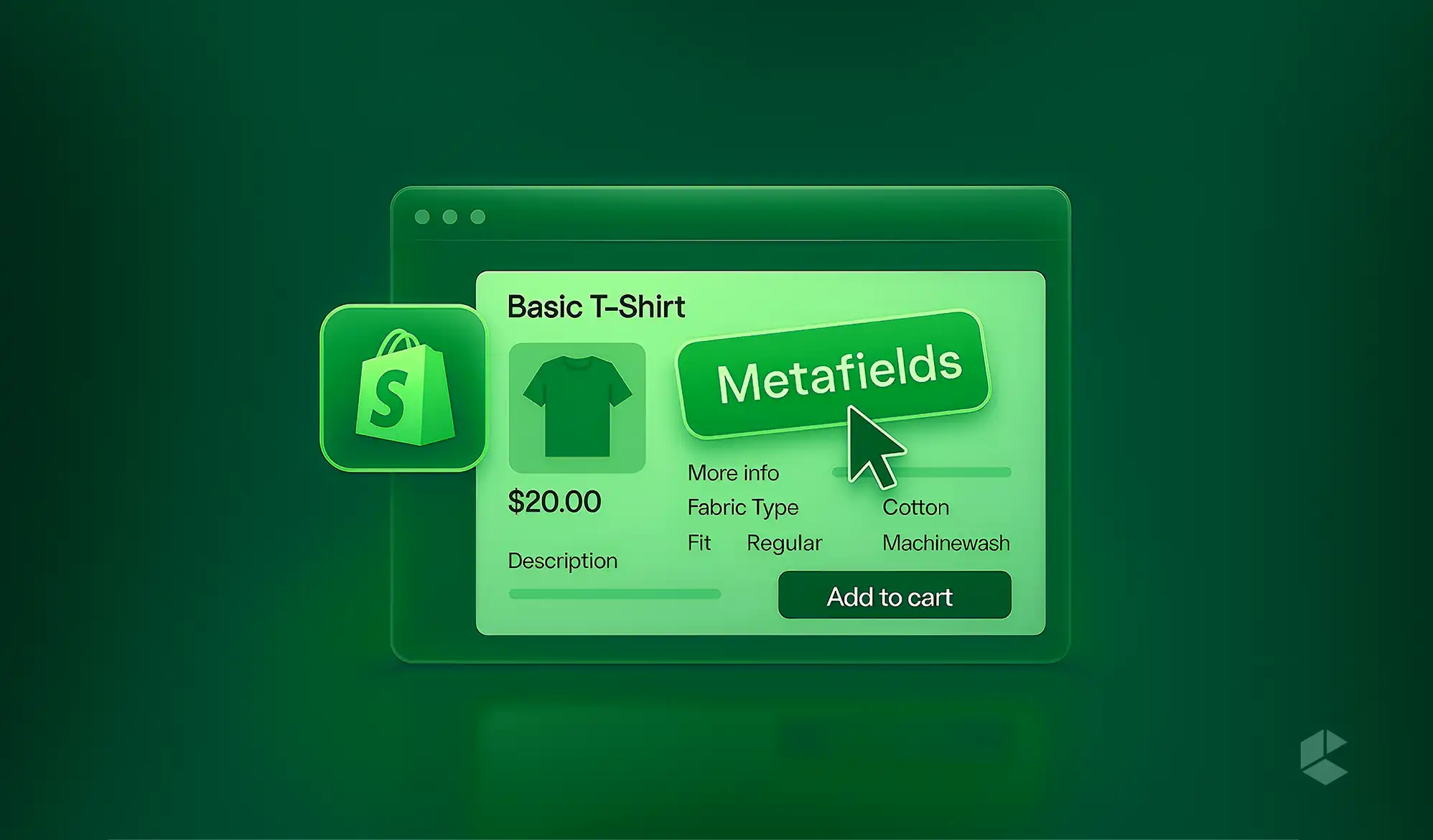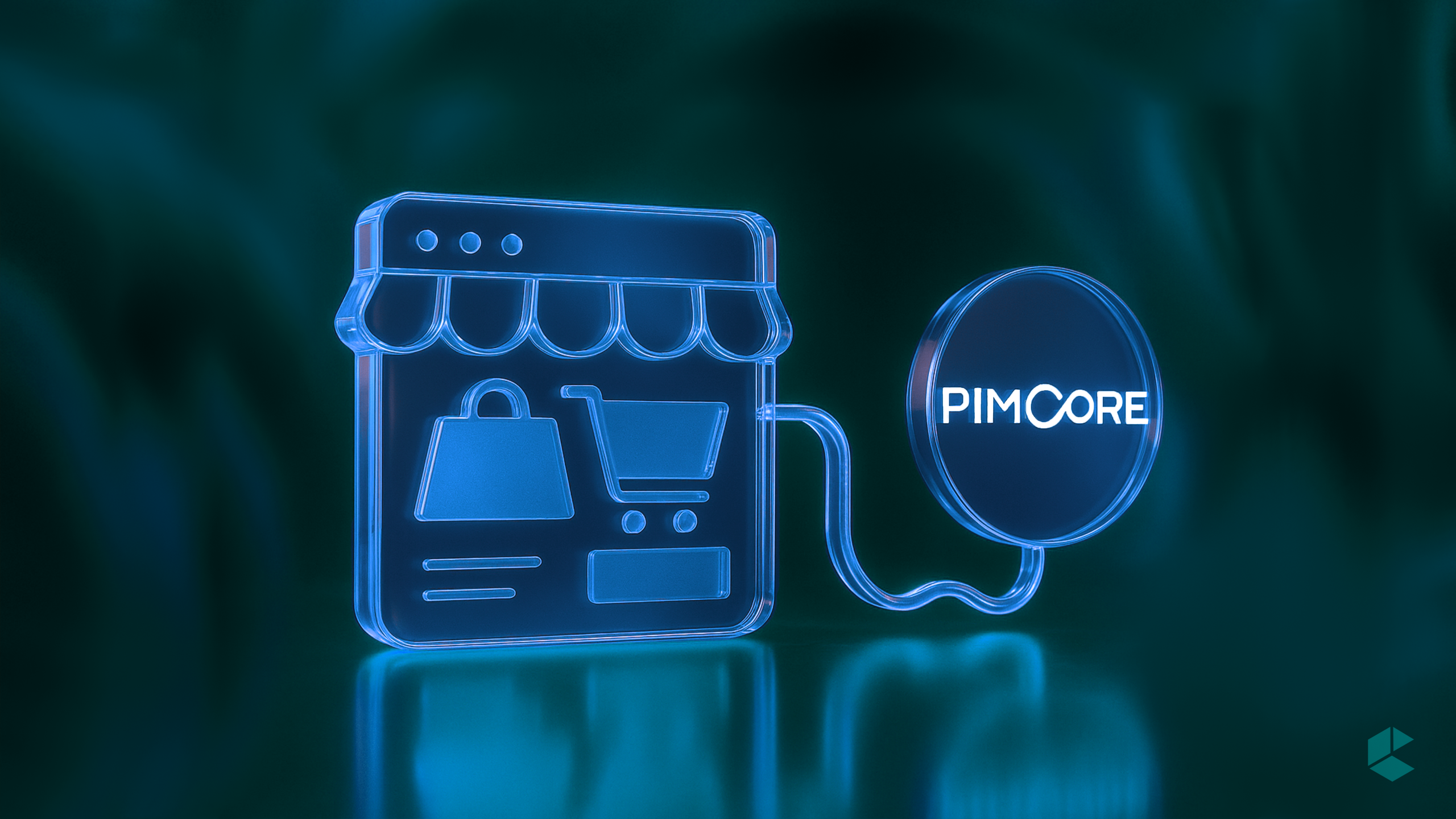The customer behaviour analysis in e-commerce, also known as behavioral science, is both an art and a science of enhancing revenue by focusing on the profitable segments of your buyers. In the highly competitive landscape of e-commerce, the ability to retain customers and having them make regular purchases could be the crucial difference in achieving a positive return on investment (ROI) rather than a negative one.
Here are some ways on how ecommerce businesses can find behaviour analysis insights and how to incorporate them to improve relevant ecommerce KPIs such as order value (AOV) and lifetime value (ltv), Repeat Customer Rate(RCR) etc. We will also look into some examples of how e-commerce companies such as Amazon discovered customer behaviour insights and executed on them.
What Is Customer Behaviour Analysis?
Customer behaviour analysis is the process of examining and understanding how customers interact and engage with your product/service. The process often involves collecting and analyzing customer decisions to identify their motivations and patterns . It also involves uncovering their pain points that might have stopped your customers from making the purchase.
By grasping how your target customers think, you can figure out what might be preventing them from spending more on your ecommerce business. You might also uncover what could make your ecommerce business stand out over competitors.
Customer behaviour analysis is categorized into four major segments:
1. Based on buying behaviour
Complex Buying Behaviour:
Customers run in-depth research before making a decision. It is often for high-involvement purchases such as a house, car, etc.
Dissonance-Reducing Buying Behaviour:
Explores how customers make their decisions particularly for high-risk or unfamiliar products such as electronic gadgets etc. Examples: reading reviews before and after buying a phone.
Habitual Buying Behaviour:
Consumers make frequent, low-involvement purchases with minimal conscious decision-making. Examples: buying groceries or daily newspapers.
Variety-Seeking Behaviour:
Investigates customers’ inclination for new experiences and trying different brands. Example: trying new restaurants.
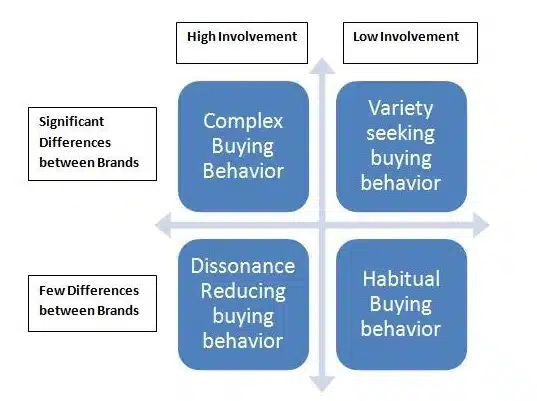
2. Based on Data Source
Quantitative Analysis:
Utilizes numerical data such as website traffic, transactions, and survey responses to identify patterns and trends.
Qualitative Analysis:
Leverages interviews, focus groups, and open-ended surveys to discover thoughts and feelings behind customer behaviour.
3. Based on Customer Journey
Touchpoint Analysis:
Examines customer interactions across various channels to identify pain points and optimize the overall journey.
Customer Segmentation:
Groups-customers based on shared characteristics and behaviours for personalized marketing and service.
4. Additional Types
Social Media Analysis:
Monitors online conversations using social listening tools to understand customer sentiment, preferences, and concerns.
Text Analysis:
Applies Natural Language Processing to customer reviews, emails, and social media posts to extract insights about opinions and emotions.
- Demographics and socio-economics shape customer behaviour. Age influences spending habits and technology adoption, income impacts purchasing power, location affects lifestyle choices, and occupation shapes spending preferences.
What Is The Importance Of CBA? How Is It Linked To AOV, LTV and RAR ?
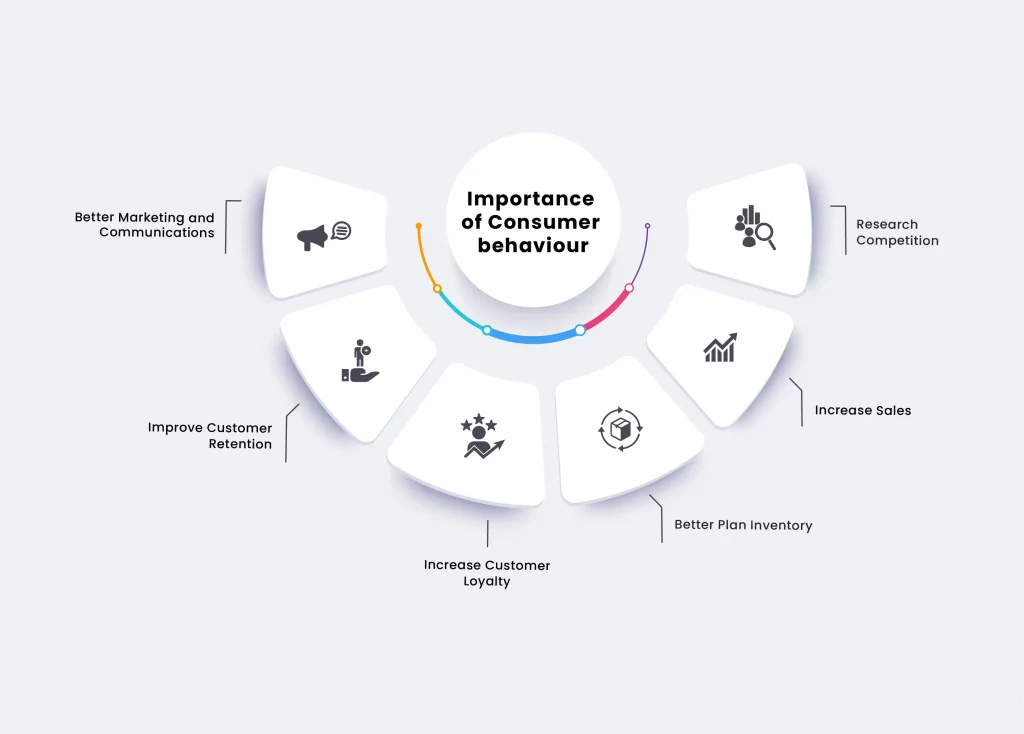
Following a comprehensive Customer Behaviour Analysis for ecommerce, businesses can strategically leverage the gathered insights for business strategies and planning.
In terms of marketing, the data can be utilized for creation of targeted campaigns and optimized channel allocation based on customer preferences and engagement patterns. Enhanced customer retention can also be achieved through personalized communication and proactive issue resolution, fostering loyalty.
That brings us to creating loyalty programs such as rewards, discounts, or exclusive access to loyal customers that can be tailored to individual preferences to encourage repeat business. Customer feedback obtained during analysis can be used for insights into product and service enhancements.
In inventory planning, purchasing patterns are analyzed for accurate demand forecasting, and adjustments are made to meet seasonal trends. Increased sales can be achieved through cross-selling and upselling strategies, along with strategic timing of promotions and discounts.
Now, let’s explore the impact of CBA on your key metrics:
Average Order Value (AOV)
Understand patterns and trends in your customers’ purchasing behaviour. Identify what drives them to make additional purchases or add more items to the cart. Strategically implement measures such as suggesting complementary products, offering bundle deals, or providing incentives for larger purchases to increase your AOV.
Lifetime Value (LTV)
Maximize LTV by understanding retention, buying frequency, and the factors contributing to long-term relationships. Implement strategies like personalized marketing, loyalty programs, and continuous improvement of products and services to keep your customers engaged and satisfied over the long term.
Repeat Acquisition Rate (RAR)
Identify factors influencing repeat purchases in your customers. Analyze their preferences, satisfaction levels, and engagement patterns to develop targeted strategies aimed at increasing your RAR. Consider personalized communication, exclusive offers for repeat customers, or enhancing the overall customer experience to encourage loyalty and repeat business.
Examples of Ecommerce Businesses successfully using Customer Behaviour Analysis
Amazon’s Personalized Recommendations:
Analyzing customer data enables Amazon to deliver personalized product recommendations, boosting conversion rates and customer satisfaction.
Nike’s Dynamic Pricing:
Nike utilizes real-time data for dynamic pricing adjustments, optimizing revenue based on product demand, customer location, and competitor pricing.
Spotify’s Discover Weekly Playlists: Spotify analyzes user listening habits to curate personalized playlists, enhancing user retention and loyalty.Let’s dive deeper..
How Amazon uses Customer Behaviour Analysis in their eCommerce business?
In the vast landscape of e-commerce, one name stands out like a giant in the digital realm: Amazon.
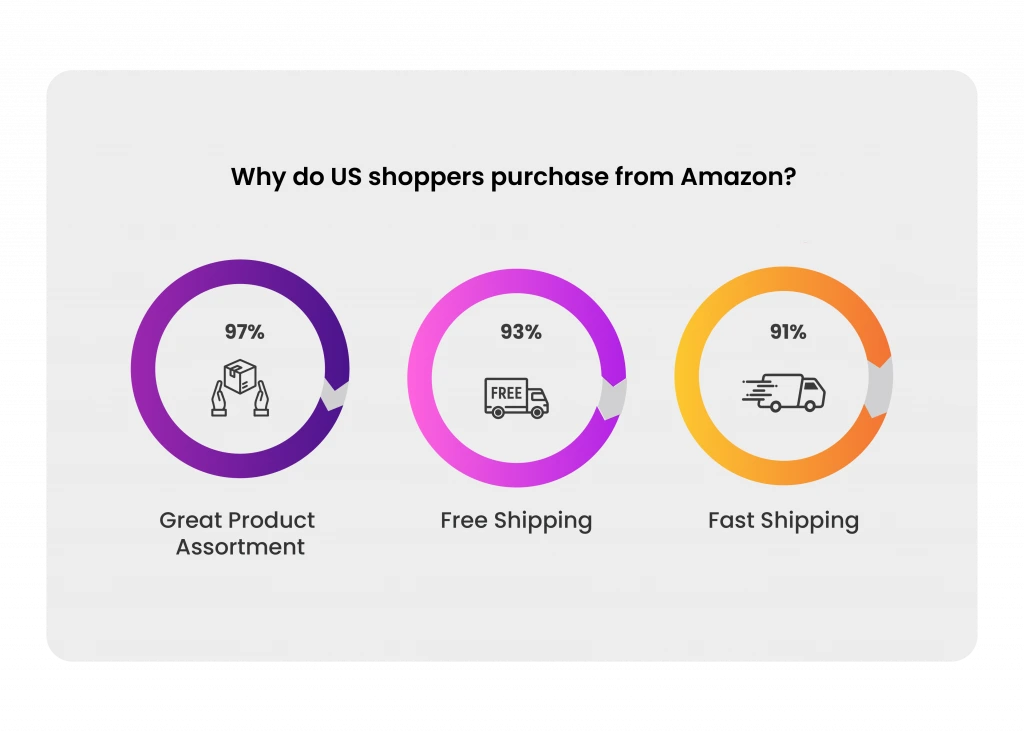
This eCommerce mogul is now a common household name. Shoppers often begin their product research with Amazon, and the reason behind this trend is quite clear. The platform’s reputation for dependable shipping, secure payment options, and continuous customer support makes it a preferred choice for buyers seeking reliability. Amazon consistently ranks at the forefront of trusted platforms in these aspects.
Here’s how Amazon leverages customer behaviour analysis for success:
1. Personalized Product Recommendations
Imagine walking into a store with all the displayed products curated only for you! This is what Amazon does for its customers. Amazon utilizes CBA to analyze customer browsing and purchase history. By analyzing your purchase history, browsing behaviour, and even reviews you leave, Amazon builds a comprehensive profile of your preferences. Using sophisticated algorithms, they recommend products you’re highly likely to be interested in, increasing conversion rates and customer satisfaction.
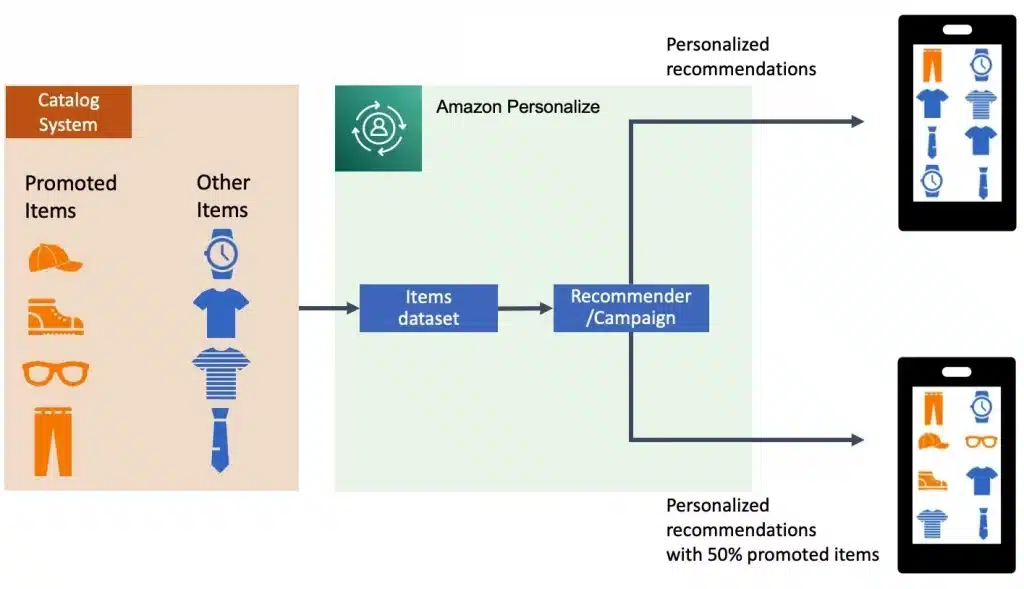
2. Dynamic Pricing and Promotions
Amazon doesn’t go by the ‘one-size fits all’ when it comes to pricing. Through CBA, Amazon continuously monitors market dynamics, competitor pricing, and customer behaviour. This means you might see product prices fluctuate depending on the time of day, your location, and even how many people are viewing it. The platform thus uses real-time data on product demand, customer location, and competitor pricing to adjust prices dynamically while remaining competitive.

3. Frictionless checkouts
Amazon understands that every step in the checkout process can be a potential drop-off point. Therefore they have a streamlined website interface, simplifying the checkout process, and ensuring the process to be as quick and painless as possible, with one-click ordering and saved payment methods.

4. Memberships and Subscriptions
The Amazon Prime membership program is a result of careful customer behaviour analysis. By understanding the preferences of its user base, Amazon introduced a subscription model that offers benefits like expedited shipping, exclusive access to streaming services, and more, creating a loyalty loop that encourages customers to stick with the platform.
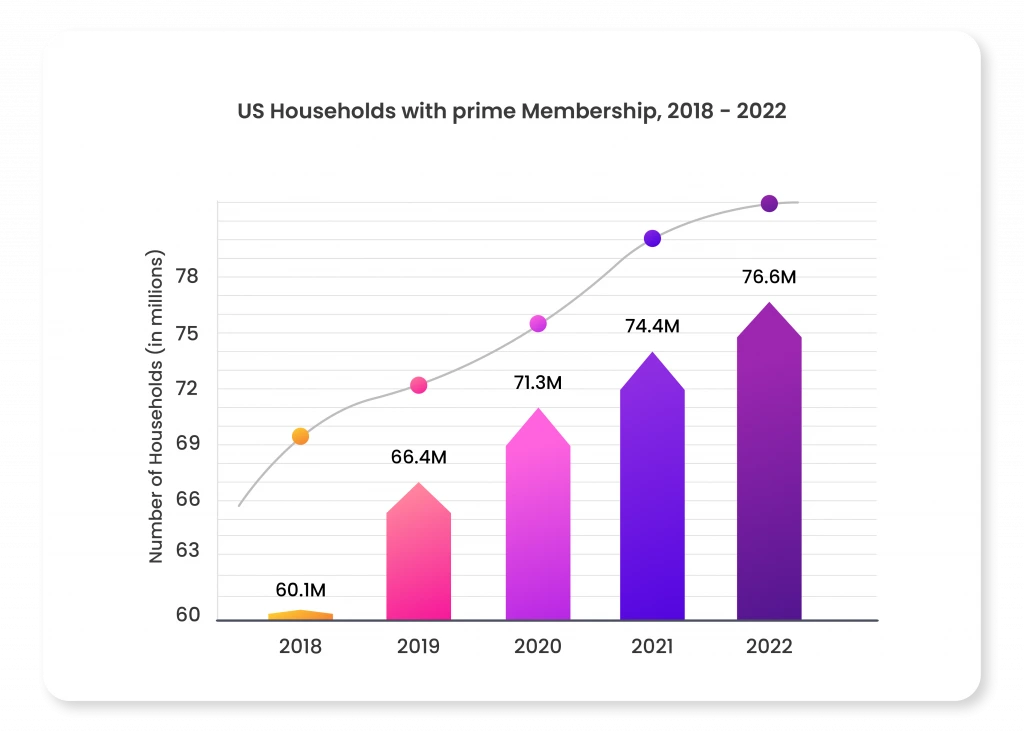
5. Customer Reviews and Ratings
Amazon places significant importance on customer reviews and ratings. By analyzing this user-generated content, the platform gains insights into product quality and customer satisfaction, identifies areas for improvement, and builds trust among potential buyers.
6. Anticipating Customer Needs
Amazon doesn’t just react to customer behaviour; they predict it. Using analytical tools, AI and machine learning, they anticipate future purchases and stock their warehouses accordingly. This proactive approach minimizes stockouts and helps identify opportunities for expansion. By analyzing the behaviour of potential customers in new regions, Amazon can tailor its offerings and strategies to meet local preferences and demands thus ensuring customers get what they want, when they want it, solidifying their trust and loyalty.
Here’s how you can utilize GA4 and other analytical platforms to review Customer Behaviour Analysis-
Segmentation and Targeting
Use GA4 or other analytical tools to create custom segments based on demographics, behaviour, location, or any other relevant criteria. This segmentation helps in understanding specific customer groups and tailoring strategies accordingly. For better targeting, utilize GA4’s advanced segmentation features to create groups based on purchase history, interests, engagement levels, and more. This allows for targeted marketing and product development.
Identify Your Most Profitable Customer Base and Their Purchasing Behaviour
Analyze data on customer lifetime value (LTV), average order value (AOV), and purchase frequency. Understand their buying behaviour, preferred products, and communication channels. Use GA4’s or other analytical tools to track individual customer journeys, identifying patterns and preferences of high-value customers.
Collect User IDs for Better Customer Buying Behaviour
Linking user IDs across devices and sessions in GA4 provides a holistic view of individual customer behaviour. Track their journey and personalize experiences accordingly.
Creating Custom Packages
Analyze the purchase history of the most profitable customer base to identify complementary or frequently purchased items. This information can be used to create bundled packages.
Today, AI plays a vital role in improving customer behaviour analysis.
The role of Artificial Intelligence (AI) in Customer Behaviour Analysis (CBA) includes:
1. Data Processing and Analysis:
AI processes vast amounts of customer data quickly and efficiently, identifying patterns, trends, and correlations that may be challenging for traditional methods.
2. Predictive Analytics:
AI algorithms predict future customer behaviour based on previous data, allowing businesses to predict trends, preferences, and potential outcomes.
3. Personalization:
AI enables personalized customer experiences by analyzing individual behaviours and preferences, tailoring recommendations, content, and marketing messages accordingly.
4. Segmentation:
AI algorithms automatically segment customers based on shared characteristics or behaviours, allowing for more targeted and effective marketing strategies.
5. Dynamic Pricing:
AI optimizes pricing strategies by analyzing market conditions, competitor pricing, and customer behaviour, enabling businesses to implement dynamic pricing models in real-time.
6. Chatbots and Virtual Assistants:
AI-powered chatbots provide instant customer support, answering queries, resolving issues, and guiding customers through the purchasing process based on contextual analysis.
7. Fraud Detection:
AI algorithms analyze transaction patterns and user behaviour to detect and prevent fraudulent activities, enhancing the security of e-commerce platforms.
8. Recommendation Engines:
AI-driven recommendation engines analyze user behaviour to suggest products, services, or content that align with individual preferences, increasing the likelihood of conversion.
9. Customer Journey Mapping:
AI helps map and analyze the entire customer journey, from awareness to conversion and beyond, providing insights into touchpoints and interactions at each stage.
10. Sentiment Analysis:
AI tools analyze customer reviews, feedback, and social media sentiments to gauge overall customer satisfaction and identify areas for improvement.
To fully leverage the potential of AI in customer behaviour analysis, partnering with an AI development company can provide tailored solutions that align with your business goals, ensuring more precise analytics, enhanced personalization, and a competitive edge in the market.
Conclusion
In 2024, the cost of acquiring a new customer is increasing day by day. It might be impractical to be competitive in the market by solely acquiring expansion in the market by acquiring new customers. The customer behaviour analysis offers an option to increase revenue with no extra cost for acquiring new customers. It also helps you navigate between different customer segments and helps you focus on expanding the right customer segment for your business.








